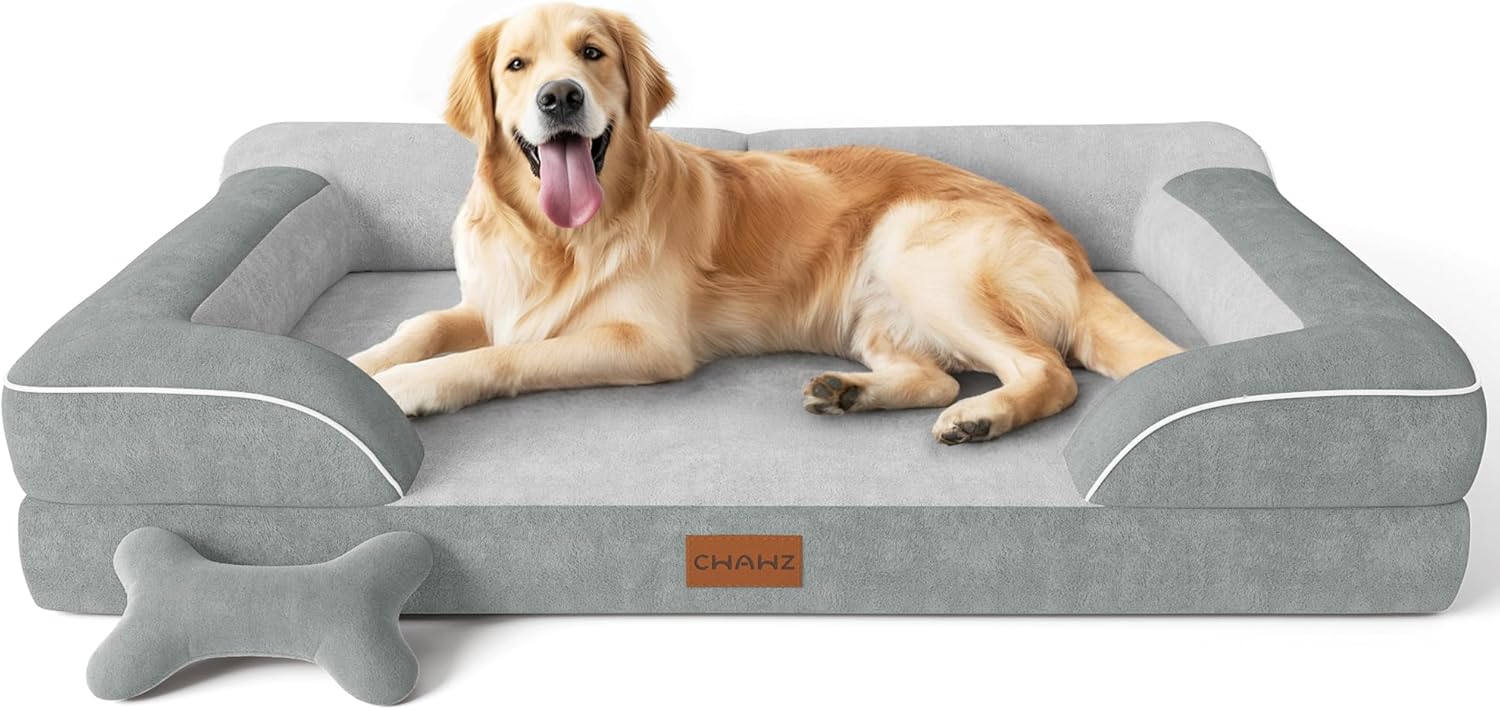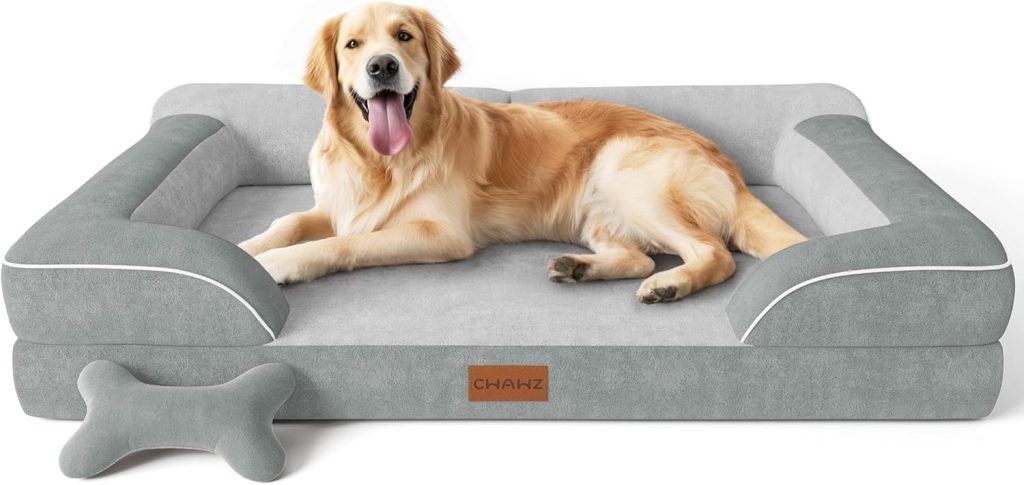Address
304 North Cardinal
St. Dorchester Center, MA 02124
Work Hours
Monday to Friday: 7AM - 7PM
Weekend: 10AM - 5PM
Address
304 North Cardinal
St. Dorchester Center, MA 02124
Work Hours
Monday to Friday: 7AM - 7PM
Weekend: 10AM - 5PM


When setting up a comfortable and safe haven for your furry friend, whether it’s an indoor crate or an outdoor dog house, the choice of dog kennel bedding is paramount. It’s not just about providing a soft spot; it’s about offering a supportive, secure, and appropriate resting environment that caters to your dog’s unique needs. This guide will delve into the foundational aspects of dog bedding types, helping you understand the various options available and how each can contribute to your canine companion’s well-being.
Understanding the different dog bedding types is the first step in creating a truly comfortable space. Just like humans, dogs have preferences for how and where they sleep, and their age, size, and health can significantly influence what kind of bedding is best for them. From plush cushions to durable mats, each type of dog kennel bedding offers distinct advantages. By the end of this guide, you’ll have a clear picture of the options and be better equipped to choose the perfect foundation for your dog’s rest.
Table of Contents
ToggleThe type of bedding you choose for your dog’s space plays a critical role in their overall health and happiness. It goes beyond simple comfort; it impacts their physical support, temperature regulation, and even their sense of security.
Physical Support: Different dog bedding types offer varying levels of support. A bed that adequately cushions joints can prevent discomfort and alleviate pressure points, especially for larger breeds or older dogs prone to arthritis.
Temperature Regulation: The design and materials of bedding types can help keep your dog warm in winter or cool in summer. Some types promote airflow, while others are designed to trap heat.
Security and Den Instinct: Many dogs instinctively seek a den-like space where they feel safe and protected. Certain bedding types, particularly those with raised sides, can fulfill this natural desire, reducing anxiety and promoting a sense of calm.
Hygiene and Maintenance: The ease of cleaning varies greatly between dog bedding types. Selecting a type that is easy to maintain is crucial for keeping your dog’s environment hygienic and free from allergens and pests.
By carefully considering the various dog kennel bedding types, you’re not just buying a product; you’re investing in your dog’s long-term health, comfort, and peace of mind. For a complete overview of all aspects of dog house bedding, including materials and special considerations, refer back to our comprehensive guide: The ultimate guide to dog house bedding
Let’s dive into the most common dog bedding types you’ll encounter, outlining their characteristics, ideal uses, and key considerations.
What they are: These are typically flat, rectangular, or oval-shaped beds that resemble miniature human mattresses. They come in various thicknesses and are filled with materials like foam, shredded foam, or polyester fiberfill. They are designed for dogs who like to stretch out fully when they sleep.
Ideal for:
Dogs who prefer to sprawl out.
Large breeds that need ample space.
Older dogs who require consistent, flat support (especially memory foam versions).
Fitting into larger dog houses or open kennel spaces.
Pros:
Provide ample space for stretching.
Often come with removable, washable covers.
Can offer excellent orthopedic support depending on the fill.
Cons:
May not provide the “den” feeling some dogs prefer.
Can be bulky and take up significant space.
May not be ideal for extreme chewers unless specifically designed as such.
What they are: They are characterized by raised, cushioned edges (bolsters) around the perimeter, with a flat or recessed center. Donut beds are similar but often round and more enclosed. The bolsters provide a sense of security and a comfortable headrest.
Ideal for:
Dogs who like to curl up or nest.
Dogs who enjoy resting their head on a raised surface.
Anxious dogs who benefit from feeling enclosed and secure.
Smaller to medium-sized dogs (though large bolster beds exist).
Pros:
Offers a sense of security and a “den” feel.
Provides head and neck support.
Often very plush and comfortable.
Cons:
Can be harder to clean if bolsters are not removable.
May not be suitable for dogs who prefer to stretch out completely.
Some aggressive chewers might target the bolsters.
What they are: These are thin, flat pads specifically designed to fit the bottom of a dog crate or kennel. They offer a basic layer of comfort and protection from the hard floor. Many come with non-slip bottoms and are highly durable.
Ideal for:
Use inside dog crates or kennels.
Puppies during house training (look for waterproof versions).
Dogs who don’t require much cushioning.
Travel, as they are often lightweight and portable.
Pros:
Perfect fit for standard crates.
Often very easy to clean (many are waterproof or machine-washable).
Durable and resistant to wear and tear.
Cons:
Offer less cushioning and support than full beds.
May not be comfortable enough for older dogs or those with joint issues.
Lack the “den” feel of bolster beds.
What they are: Unlike other dog bedding types, elevated beds lift your dog off the ground using a sturdy frame (metal or PVC) and a stretched fabric or mesh sleeping surface. They resemble a human cot.
Ideal for:
Outdoor dog houses, especially in warm climates.
Dogs who tend to overheat.
Preventing pests from accessing the sleeping surface.
Dogs who prefer a firm sleeping surface.
Pros:
Excellent airflow for cooling in warm weather.
Keeps dogs off cold, damp, or hot ground.
Easy to clean (often just wipe down or hose off).
Highly durable and resistant to chewing (especially the frame).
Cons:
Offer minimal cushioning on their own (often paired with a thin pad or blanket).
May not provide enough warmth in very cold climates without additional layers.
Some dogs may not like the elevated feel initially.
What they are: Simple blankets or throws, often made of fleece, cotton, or wool. While sometimes used as an accessory, they can also serve as primary dog house bedding, especially for dogs who love to burrow and create their own nests.
Ideal for:
Dogs who love to burrow, dig, and nest.
Adding extra warmth and softness to any other bedding type.
Puppies, as they are often very easy to wash after accidents.
Temporary bedding solutions.
Pros:
Highly versatile and easy to manipulate.
Very easy to wash and dry.
Affordable and readily available.
Cons:
Offer no structural support.
Can be easily bunched up, leaving the dog on a hard surface.
May not stay in place well in an active dog’s space.
While the above are the main categories, several specialized dog bedding types cater to very specific needs:
Orthopedic Beds: Specifically designed with high-density foam or memory foam to provide superior joint support, ideal for senior dogs or those with arthritis.
Cooling Beds: Contain gel inserts or specialized fabrics that dissipate heat, perfect for dogs in hot climates or those prone to overheating.
Heated Beds: Feature internal heating elements for warmth, often used for outdoor dog houses in very cold conditions or for older, ailing dogs.
Chew-Proof Beds: Constructed with extremely durable, often industrial-grade, materials like ballistic nylon or reinforced frames to withstand aggressive chewing.
These specialized options often combine features from the main dog bedding types but with enhanced properties for targeted solutions.
Now that you’re familiar with the different dog bedding types, let’s consider the crucial factors that will guide your selection process.
Dog’s Size and Breed: A Great Dane needs a much larger and more supportive bed than a Chihuahua. Ensure the chosen type allows your dog to stretch out comfortably without hanging off.
Sleeping Habits: Observe how your dog sleeps. Do they curl up in a tight ball? Do they sprawl out on their back? This will help determine if a bolster bed or a flat mattress is more suitable.
Age of Your Dog:
Puppies: Prioritize easy-to-clean and durable (chew-resistant) options like waterproof crate pads.
Adult Dogs: Most types can work, depending on their habits and preferences.
Senior Dogs: Orthopedic beds with ample support and low profiles are often best to ease joint pain and mobility issues.
Chewing Habits: If your dog is a known chewer, invest in chew-proof dog bedding types to avoid constant replacements and potential health hazards from ingested materials.
Indoor vs. Outdoor Use:
Indoor: Focus on comfort, aesthetics, and ease of cleaning.
Outdoor (Dog House Bedding): Durability, water resistance, and insulation (or cooling) are paramount to withstand the elements. Elevated beds are often a great choice for outdoor use.
Climate: As discussed, choose materials and designs that provide appropriate warmth or cooling based on your local weather conditions.
Ease of Cleaning: Regardless of the type, ensure the bedding is easy to clean. Removable, machine-washable covers are a huge plus for maintaining hygiene and freshness. For insights into the easiest bedding to keep clean, check out: [Link to: The Best Machine-Washable Dog Bedding: Our Top 5 Picks for Easy Cleaning].
Budget: While quality is important, there are excellent dog bedding types available at various price points. Don’t feel pressured to overspend, but also recognize that a cheaper, less durable bed might need frequent replacement. If you’re looking for great value, explore our guide to affordable options: [Link to: Budget-Friendly Dog Bedding: Quality Mattresses and Blankets Under $50].
Choosing the right dog bedding types for your canine companion is a thoughtful process that significantly impacts their comfort, health, and happiness within their dog house bedding or dog kennel bedding. By understanding the characteristics of mattress-style beds, bolster beds, crate pads, elevated beds, and blankets, you’re well-equipped to make an informed decision.
Remember to always consider your dog’s individual needs—their size, age, sleeping habits, and any specific health concerns. Investing in the right type of bedding will provide them with a secure, comfortable, and hygienic space to rest and recharge, ensuring they remain happy and healthy members of your family.
For a deeper dive into all aspects of dog house bedding, including detailed information on materials, insulation, and specific product recommendations, be sure to visit our comprehensive content: The ultimate guide to dog house bedding